Compendium of Crop Improvement Volume 2. Cytogenetics
The book offers a comprehensive exploration of both fundamental and advanced aspects of cytogenetics, an essential field in crop improvement. Serving as the second volume in the “Compendium of Crop Improvement” series, this work probes into the intricate world of chromosomes and their significant impact on plant breeding and genetic advancements. It begins with an introduction to the principles of cytogenetics and chromosomal structure, setting the stage for a detailed examination of the cell cycle and chromosomal architecture in both prokaryotes and eukaryotes. The book also explores the components of chromosomes, emphasizing their structure and function, and guides readers through various essential cytogenetic techniques, such as karyotyping, banding, and painting, which are crucial for chromosomal analysis and identification. The applications and implications of cytogenetic studies are thoroughly discussed, highlighting the role of structural and numerical variations of chromosomes in plant breeding and genetic research. The complexities of chromosome numbers, symbols, terminologies, and types are covered, providing a foundational understanding necessary for advanced study. Additionally, the book addresses aneuploidy and its impact on gene location, offering insights into the evolutionary significance of chromosomal aberrations. Further chapters explore into the genetic consequences and breeding applications of polyploidy, aneuploidy in crop breeding, and the maintenance and genetic mapping associated with these chromosomal variations. “Cytogenetics” also explores genome analysis, shedding light on modern techniques, such as fluorescence in situ hybridization (FISH) and comparative genomic hybridization (CGH). The applications of molecular cytogenetics in agriculture are emphasized, showcasing the potential of these advanced techniques in improving crop performance and resilience. By bridging classical cytogenetic methods with contemporary molecular approaches, the book provides a holistic view of the genetic mechanisms underlying crop improvement. It aims to highlight the importance of cytogenetic tools in enhancing crop performance, improving resistance to biotic and abiotic stresses, and ensuring food security. Through this comprehensive approach, “Cytogenetics” contributes to the collective effort of securing a sustainable and bountiful future for agriculture, making it a valuable resource for researchers, students, and professionals in plant breeding, genetics, and biotechnology.
Contents:
1. Introduction to Cytogenetics and Chromosomal Structure.....................1
2. Cell Cycle and Chromosomal Architecture in Prokaryotes and Eukaryotes......................................................................................15
3. Components of Chromosomes: Structure and Function .......................31
4. Techniques in Cytogenetics: Karyotyping, Banding and Painting...........................................................................................49
5. Applications and Implications of Cytogenetic Studies.........................69
6. Structural and Numerical Variations of Chromosomes.........................81
7. Chromosome Numbers: Symbols, Terminologies and Types.....................................................................................................95
8. Aneuploidy and Gene Location ..........................................................111
9. Evolutionary Significance of Chromosomal Aberrations..........................................................................................129
10. Polyploidy: Genetic Consequences and Breeding Applications ........................................................................................141
11. Aneuploidy in Crop Breeding: Maintenance and Genetic Mapping.................................................................................157
12. Genome Analysis ................................................................................177
13. Fluorescence In Situ Hybridization (FISH) and Its Applications....................................................................................193
14. Comparative Genomic Hybridization (CGH) and Advanced Techniques..........................................................................215
15. Molecular Cytogenetic Applications in Agriculture ...........................231
Get it now and save 10%
BECOME A MEMBER

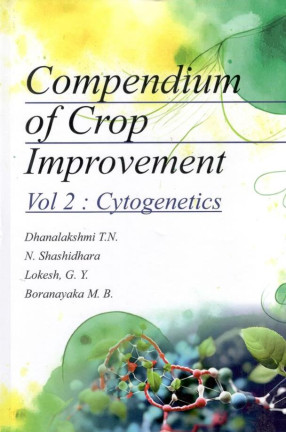


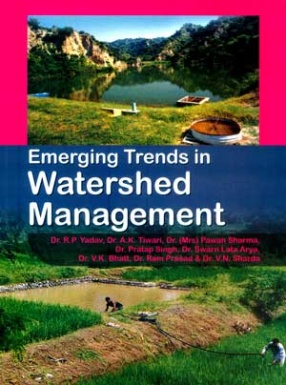


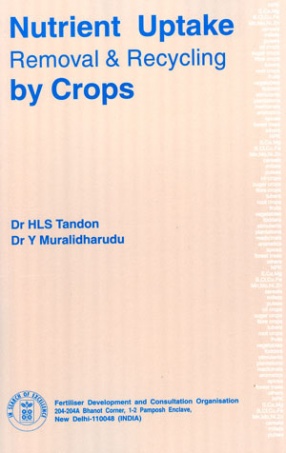
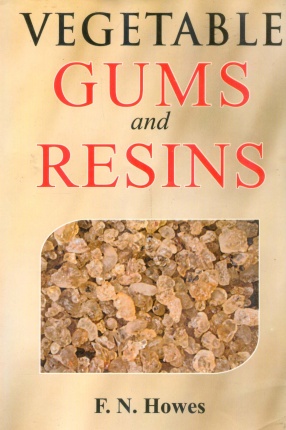
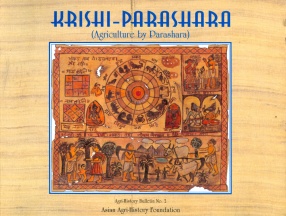

Bibliographic information
N Shashidhara
Ors.